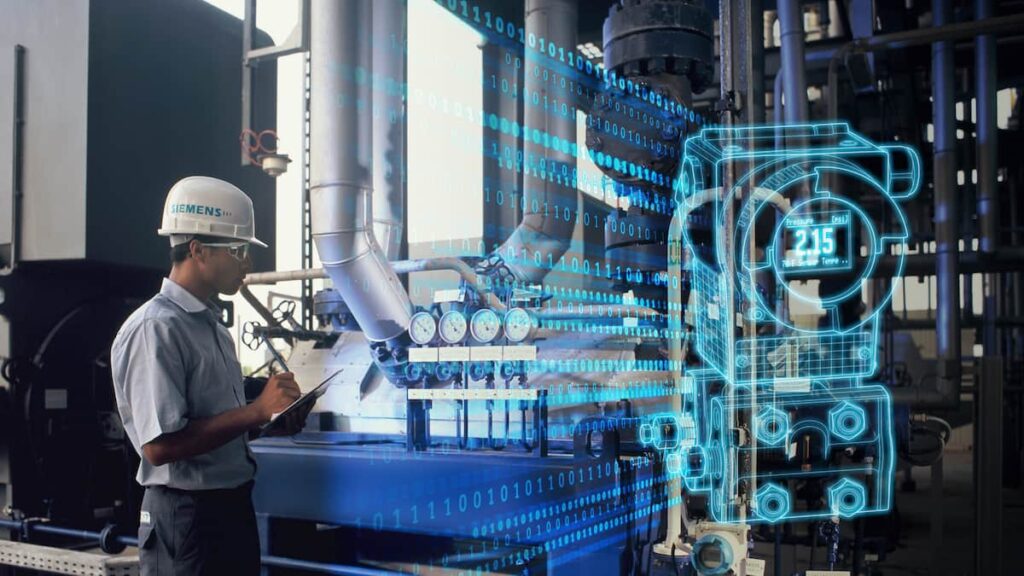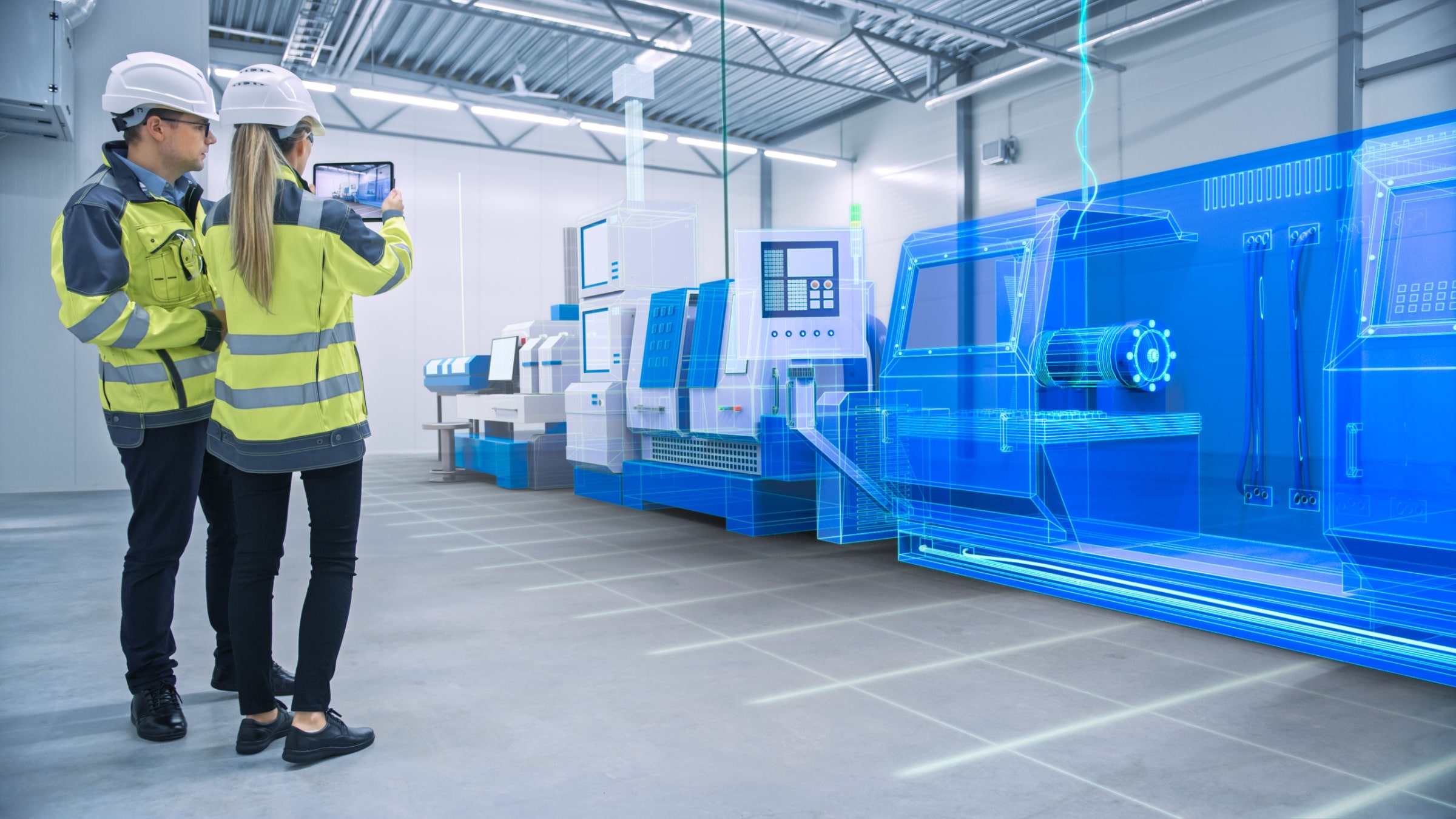In the realm of construction technology, two powerful tools have emerged as game-changers – Digital Twins and Building Information Modeling (BIM). These cutting-edge technologies have revolutionized construction project management, enabling teams to collaborate efficiently, minimize errors, and optimize resource utilization. In this article, we will explore the benefits of Digital Twins and BIM in the construction industry and delve into real-life examples where they have proven their value.
Understanding Digital Twins and BIM
A Digital Twin is a virtual replica of a physical building, infrastructure, or construction project. It is built using a combination of data from sensors, IoT devices, and BIM models, allowing stakeholders to visualize and analyze every aspect of the project’s lifecycle in real-time. On the other hand, BIM is a comprehensive 3D model-based process that enables architects, engineers, and construction professionals to collaborate and manage information effectively throughout a project’s lifecycle.

Enhancing Construction Project Management
One of the key advantages of integrating Digital Twins and BIM into construction projects is the enhancement of project management. Traditional construction projects often suffer from miscommunication and lack of coordination between various teams, leading to delays and cost overruns.. Digital Twins and BIM address these challenges by providing a centralized platform where all project data is stored, updated, and shared in real-time.
Through this centralized system, project managers can access critical information, track progress, and manage timelines effectively. They can also simulate different scenarios, anticipate potential issues, and make informed decisions to keep the project on track.
Improving Collaboration and Communication
Una colaboración efectiva es esencial para el éxito de cualquier proyecto de construcción. Effective collaboration is essential for the success of any construction project. Digital Twins and BIM foster seamless collaboration between all stakeholders, including architects, engineers, contractors, and clients. With a shared, data-driven platform, all team members can work together, make modifications, and access project information from any location.
This improved collaboration leads to better coordination and early identification of clashes or conflicts in design, minimizing rework and costly delays. Furthermore, clients can actively participate in the decision-making process, leading to a stronger sense of ownership and satisfaction with the final result.

Reducing Errors and Mitigating Risks
Construction projects are often plagued by errors and unforeseen challenges. However, with Digital Twins and BIM, the chances of errors are significantly reduced. The 3D visualization and simulation capabilities enable stakeholders to identify potential clashes and design flaws before construction begins.
By addressing these issues during the planning stage, construction teams can avoid costly rework and prevent project delays. Additionally, risk analysis becomes more accurate, allowing for the implementation of effective risk mitigation strategies.
Optimizing Resource Utilization
Digital Twins and BIM play a vital role in optimizing resource utilization. The ability to simulate different scenarios allows project teams to evaluate various options and select the most efficient construction methods and materials. This optimization leads to reduced waste and more sustainable practices, benefiting both the project’s bottom line and the environment.
You may be interested: How can I apply digital twins in my industry?
Real-life Examples of Digital Twins and BIM in Construction
- The Shard, London: One of the most iconic skyscrapers in London, The Shard, owes its success to the use of Digital Twins and BIM. Throughout the construction process, real-time data was collected and analyzed, enabling the project team to monitor structural integrity and environmental performance. This data-driven approach contributed to the on-time delivery and overall success of the project.
- Crossrail, UK: The ambitious Crossrail project, a new railway system in London, embraced BIM to manage the complexities of its numerous underground tunnels and stations. The BIM model allowed teams to coordinate construction activities seamlessly and optimize the use of resources, resulting in substantial cost savings and efficient project delivery.

The integration of Digital Twins and BIM in construction projects has transformed the industry, streamlining project management, facilitating collaboration, reducing errors, and optimizing resource utilization. The benefits extend beyond the construction phase, as these technologies also enhance the operation and maintenance of completed projects.
As technology continues to evolve, Digital Twins and BIM will continue to revolutionize the construction industry, making projects more efficient, sustainable, and successful. Embracing these technologies is not merely an option; it is the path to staying competitive and delivering outstanding results in the dynamic world of construction.
JOIN THE NEW REALITY!



